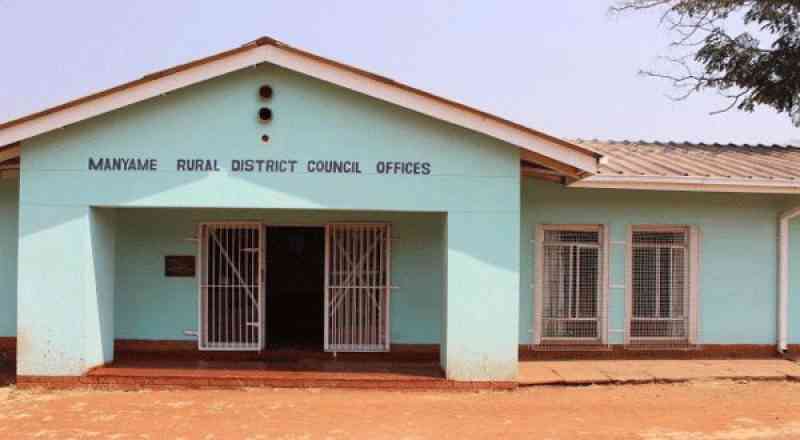
AT least 2,8 million cattle across Zimbabwe are under threat from starvation due to depleted grazing land and water sources as the El Niño-induced drought ravages, with nearly 1 000 beasts lost during the year, NewsDay has learnt.
Statistics show that the country’s national herd is around 5,6 million, with the Agriculture and Rural Development Advisory Service last year disclosing that it recorded 7 643 livestock deaths, with Matabeleland South province being the worst affected followed by Matabeleland North, Midlands and Masvingo provinces.
In July this year, the World Food Programme (WFP) predicted an increase in livestock deaths, forcing the government to intensify efforts to protect the national herd through various drought mitigation programmes rolled out in affected wards.
Lands, Agriculture, Fisheries and Rural Development permanent secretary Obert Jiri told journalists yesterday that Zimbabwe was faced with a new challenge due to livestock deaths.
“Since the beginning of the El Niño-induced drought, we have been counting and 2,8 million cattle are at the risk of drought, while 931 have already succumbed.
“Our livestock at the moment are in the worst of conditions. Water issues are at the fore and food issues are now at the fore,” he said.
Jiri said government has established a drought mitigation command centre to attend to the livestock issues due to the severity of El Niño-induced drought.
“So, this is really a whole government approach, which knows no ministry, no department, to ensure a focused approach to saving livestock out there during this lean season,” he said.
- Govt to distribute grain as hunger stalks millions
- Coping with drought through WFP’s resilience programme
- Zim’s urbanites facing high prices
- 3,8m villagers face hunger
Keep Reading
“We want to say that no livestock must die under our watch. We, however, are seeing that out there, some livestock are already dying.”
Jiri said the government continues amplifying clarion calls to ensure the arrest of the succumbing of livestock to drought.
“This drought mitigation command centre is there to, number one, track dire and critical wards. We know that the wards out there, they are in different proportions of challenges.
“We want this drought command centre to track those critical wards and ensure that we attend to them. This centre must establish the urgent needs in each of the critical wards, so we must know how much water is there, how many livestock are there and how much feed is left in those critical wards,” he said.
Jiri said the command centre would mobilise feed and water to save the cattle.
He said government had already mobilised some feed and silage to mitigate the drought.
“We have 15 000 metric tonnes that we have access to and already, we have moved some silage, at least 500 tonnes, to some of the critical districts,” he said.
Some of the districts that have been targeted, according to Jiri, include Matobo, Umguza, Tsholotsho, Lupane, Bubi, Zaka, Gutu, Gokwe and Mberengwa.
“We are continuing with that process to deliver feed to these wide drought mitigation centres. We have also mobilised some hay and that is also moving to some areas,” he said.
The government, Jiri said, has also rolled out a training programme targeting farmers to do urea treatment of their straw.
“This is ongoing in all the wards and that will save and ensure that there is feed available in each of the wards. We are also doing this distribution together with the GMB [Grain Marketing Board], but we would welcome any well-wishers who can facilitate fast movement of feed to these drought-prone wards which are in critical condition,” he said.
The government is targeting drilling 317 boreholes to arrest water scarcity challenges in the hard-hit districts.
“The borehole drilling programme for those critical wards also continues. We have shifted our focus to ensure that rigs are prioritised to these critical wards to ensure that water is available for livestock,” he said.
Jiri also appealed to the private sector and development partners for assistance adding that they were key in complementing the government's efforts to curb the livestock deaths.











